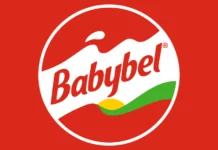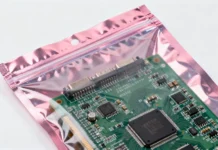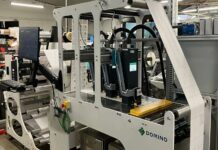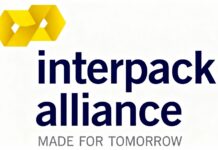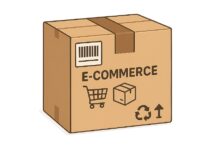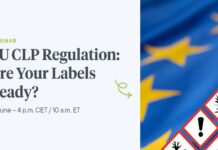In 2023, the worldwide print label market size went on to reach a prominent milestone of US$ 47.1 billion. As per the IMARC Group’s projections, the market is expected to touch a value of US$ 66.1 billion by 2032. This growth is anticipated to be achieved with a CAGR of 3.8% across the period of 2024–2032.
It is well to be noted that a printed label goes on to have essential identification information as well as detailed descriptions, directions, and even branding elements that happen to be related to the product. It can be created by way of using various materials like paper, vinyl, and polyester, as well as various other synthetic compounds. Each and every material goes on to offer various levels of durability as well as suitability when it comes to specific environments. The product is available in an array of sizes and shapes so as to accommodate different types of goods as well as containers. It enables easy identification of products, hence enhancing the efficiency of inventory management as well as organization. Apparently, establishing brand recognition and also expressing brand values are two important benefits. Stickers as well as decals are frequently utilized for promotional purposes such as events, product launches, as well as marketing campaigns. It is commonly used on products like shampoos and soaps, as well as detergents, so as to provide instructions for usage, list ingredients, and also showcase branding. In addition, it is used in the field of horticulture to offer valuable information that is specific to plant species, care instructions, as well as their origins. Furthermore, it is also made of utmost use in the electronics industry so as to provide comprehensive details with regards to serial numbers, specifications for products, protection warnings, as well as identification of brands.
What are the present trends and growth prospects in the print label industry?
The market is being pushed by the increasing demand for print labels across various industries, such as food and beverage, pharmaceuticals, as well as personal care. In addition to this, market growth is also being favoured by developments when it comes to printing technology, materials science, as well as information integration. Besides this, the integration of augmented reality or QR codes into the field of interactive labels is also triggering an enhancement of user engagement. Digital printing offers businesses of all sizes a cost-effective as well as accessible solution for high-quality, adaptable, and also short-run print jobs.
In addition, the market outlook looks positive due to the integration of advanced technologies like radio frequency identification- RFID and near-field communication- NFC into labels. These smart labels go on to offer additional features like the ability to track and trace items, safeguard against theft, and also engage consumers interactively. In addition, the market is being positively driven by the increasing trend into sustainable as well as eco-friendly label materials as well as production processes. This involves making use of biodegradable as well as recyclable materials, minimizing waste by way of executing enhanced printing techniques, and also embracing eco-friendly inks. It is well to be noted that the rising popularity of the e-commerce industry is pushing the need for print labels.
Efficient labelling happens to be essential for online retailers as it helps them to track products, manage inventory effectively, and at the same time deliver accurate information to end users. Moreover, the increasing awareness in the general public regarding health and safety is driving the need for labels that go on to offer comprehensive product information like components, nutritional facts, as well as usage instructions. Additionally, the rising demand for labels that integrate security features like holograms and watermarks, as well as additional tamper-evident elements to address the issue of counterfeiting, is also helping in the growth of the market.
The market’s growth is also being strengthened by the rising focus on safety and regulatory compliance across various industry sectors. In addition, many companies are now actively pursuing distinctive label designs as well as messaging so as to gain a competitive advantage in the market. Apart from this, the increasing demand for flexible print label solutions in various languages, regulations, as well as cultural nuances is fuelling market growth.





